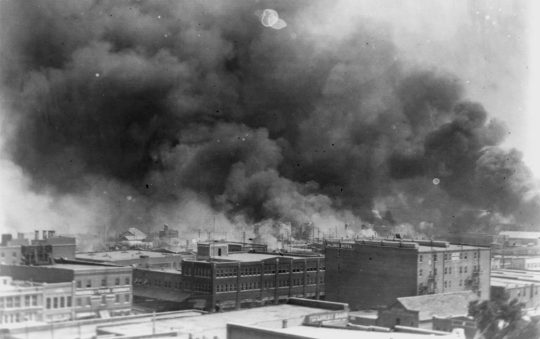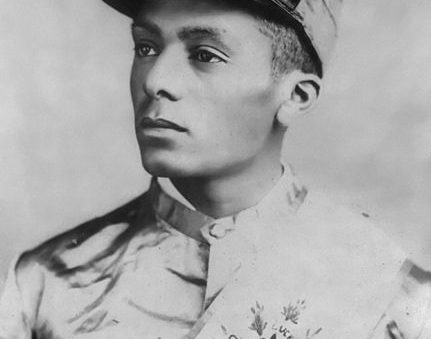
Today’s atmosphere is charged with protest, revolts and resistance.
Donald Trump’s election to presidency sent violent convulsions throughout the United States and the world.
President Trumps’s podium has many in fear of their civil liberties and standing in a country that is supposed to be about the American Dream. African Americans in particular are wondering if they will continue to see the brutalities perpetrated by law enforcement on people of Black and African descent or worse. The thriving district of Greenwood back in the 1920s comes to mind for what could be but we must acknowledged what did happen.
Located in Tulsa, Oklahoma, Greenwood was a district that had one of the largest populations of affluent Black communities in the U.S. after World War I. Blacks, many of whom were descendants of runaway slaves, had travelled along The Trail of Tears along with the Five Civilized Tribes around 1907 when the state was established. The state of Oklahoma represented an oasis away from racism in the South.
The 1910 oil boom in the Northeast area of Oklahoma contributed to the progress of Blacks who lived in the area. Greenwood was home to Black multimillionaires with thriving businesses and neighborhoods that were home to lawyers, realtors and doctors. Even though racial segregation kept many Blacks out of certain areas, people in the community wanted to patronize their own businesses.
The prosperous Black community would come to a tragic end between May 31 and June 1 in 1921, when the community would be become a victim of hate, envy and prejudice. A young black man named Dick Rowland was riding an elevator with a white woman named Sarah Page. The details of what transpired vary and have become muddy over the years but some altercation or misunderstanding transpired between Rowland and Page. Unfortunately, interactions between black men and white women were a recipe for disaster at the time.
It’s on record that Tulsa police arrested Rowland and began an investigation. Later, a newspaper report of the incident initiated a confrontation between black and white crowds around the courthouse where Rowland was being held. It’s stated that shots were fired and many members of the black community retreated to the Greenwood Avenue business district.
What would follow would come to be known as the Tulsa Race Riot, which culminated in $1.5 million in property damage, a loss of over 1,000 homes and businesses, 8,624 injured and the deaths of over 300 people. The Tulsa Race Riot is one of the most devastating events in U.S. History that destroyed an entire town in a 16-hour riot. There are even alleged reports that National Guardsmen fired on black communities and planes dropping dynamite sticks.
There were forces clearly against what Greenwood stood for—Black economic stability. Greenwood was a testament to Black economic power. According to 1920 city directories, Greenwood had: 108 black business establishments including two newspapers, 41 groceries and meat markets, 30 cafes and restaurants, and offices for 33 professionals, including 15 physicians and attorneys. Many of the businesses in Greenwood arose because surrounding white businesses wouldn’t serve Black people.
Why is Greenwood important today? It shows that there is power in unity and solidarity. Despite is destruction, it existed and was a blueprint for what the Black community can accomplish. The recent Woman’s March galvanized multiple groups from all walks of life, not just women, to come together in record breaking numbers. There is power in numbers but even more power in conviction. When people believe, is when a difference is made.
Greenwood was the first but it doesn’t have to be the last of its kind. Blacks prospered in freedom, independence and wealth. This legendary community prospered due to the circulating Black dollar keeping Black-owned businesses, property and households. What would happen if the Black Diaspora came together in solidarity in support of each other in every neighborhood in the U.S.?
For more information on Greenwood, please visit http://tulsahistory.org/
brian@lasentinel.net






